Nestled on a rocky site north of the Arctic Circle in Alaska, a juniper bush seems out of place. Could it be the same species I’ve seen in North Idaho and the deserts of the Southwest? Despite the dramatic difference in latitude, the common juniper thrives across most of North America. The common juniper ranges from Alaska south to California and east to Newfoundland and the east coast.
The common juniper is one of over a dozen species of juniper native to North America and one of two found in North Idaho. The other juniper species found in North Idaho is the Rocky Mountain juniper.
As the name implies, the Rocky Mountain juniper ranges from British Columbia south to Arizona and New Mexico, east into western Nebraska and the Dakotas, and west into Nevada and east central Washington.
The two juniper are easy to tell apart, one is a tree and the other a low-growing shrub. Rocky Mountain juniper grow upwards of 30-45 feet, often with a round shape to the tree. Common juniper rarely grow more than five feet high in a mat-like shrub.
Upon close inspection, differences can be found in the needles. Rocky Mountain juniper have tiny, scale-like needles on the mature plants and prickly, half-inch long, awl-like needles on juvenile plants, neither being jointed like those of the common juniper.
The needle-like leaves of common juniper are arranged in whorls of three on twigs while those of Rocky Mountain juniper grow opposite in pairs on twigs.
One similarity between the junipers are their cones, which are often referred to as berries. As a conifer, junipers grow cones but they resemble a berry. The berry-like cones are fleshy with remnants of cone scales etched on their surface.
The blue fleshy covering aids in the dispersal of seeds with over 30 birds consuming the juniper berries. Birds are critical to the germination of seeds because juniper seeds don’t germinate unless the fleshy covering is dissolved, which happens when the berries pass through the digestive tract of birds or animals.
Juniper berries are an important food source for many birds because they persist on the plant through the winter, offering food in early spring. Bohemian waxwings can consume over 900 juniper berries in an hour. Other birds that consume juniper berries include juncos, yellow-rumped warblers, cedar waxwings, purple finches, black-capped chickadees, evening grosbeaks, flickers, bluebirds, wild turkeys, swallows, eastern kingbirds and jays.
Male and female cones grow on separate plants so some plants never produce berries. The female berry-like cones mature the second season and require another year after ripening to be prime for germination.
Not only do junipers provide an excellent food source but they also provide shelter among their pointed needles. Chipping sparrows, robins, song sparrows and mockingbirds build nests in juniper.
The wide-ranging distribution of juniper can be attributed to their ability to grow on dry, rocky sites. Rocky Mountain juniper only require ten inches of precipitation a year to survive.
Juniper adapted to inhospitably dry environments because they couldn’t compete with other forest trees. While shade tolerant as juveniles, juniper become shade intolerant as they mature.
The ability to grow where other trees cannot has enabled juniper, especially the common juniper, to range far and wide across North America for a long time. The oldest Rocky Mountain juniper, near Logan, Utah, is estimated to be 3,000 years old.

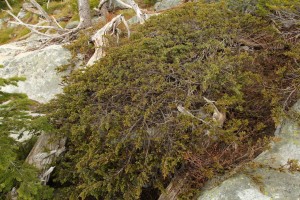
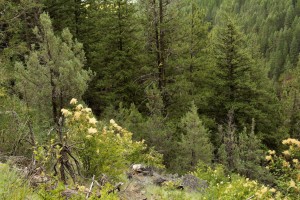


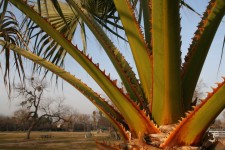
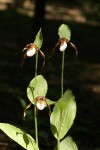
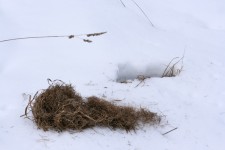
Are these juniper ash cedar trees and tge male trees produce a pollen in the winter months that cause cedar fever? I thought they were primarily in Texas, Oklahoma etc… I am asking because we have a child extremely allergic to these and it affects our travel plans and living places…..